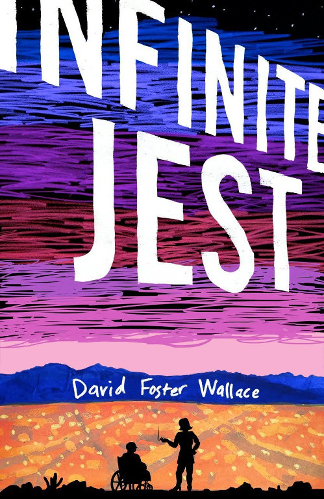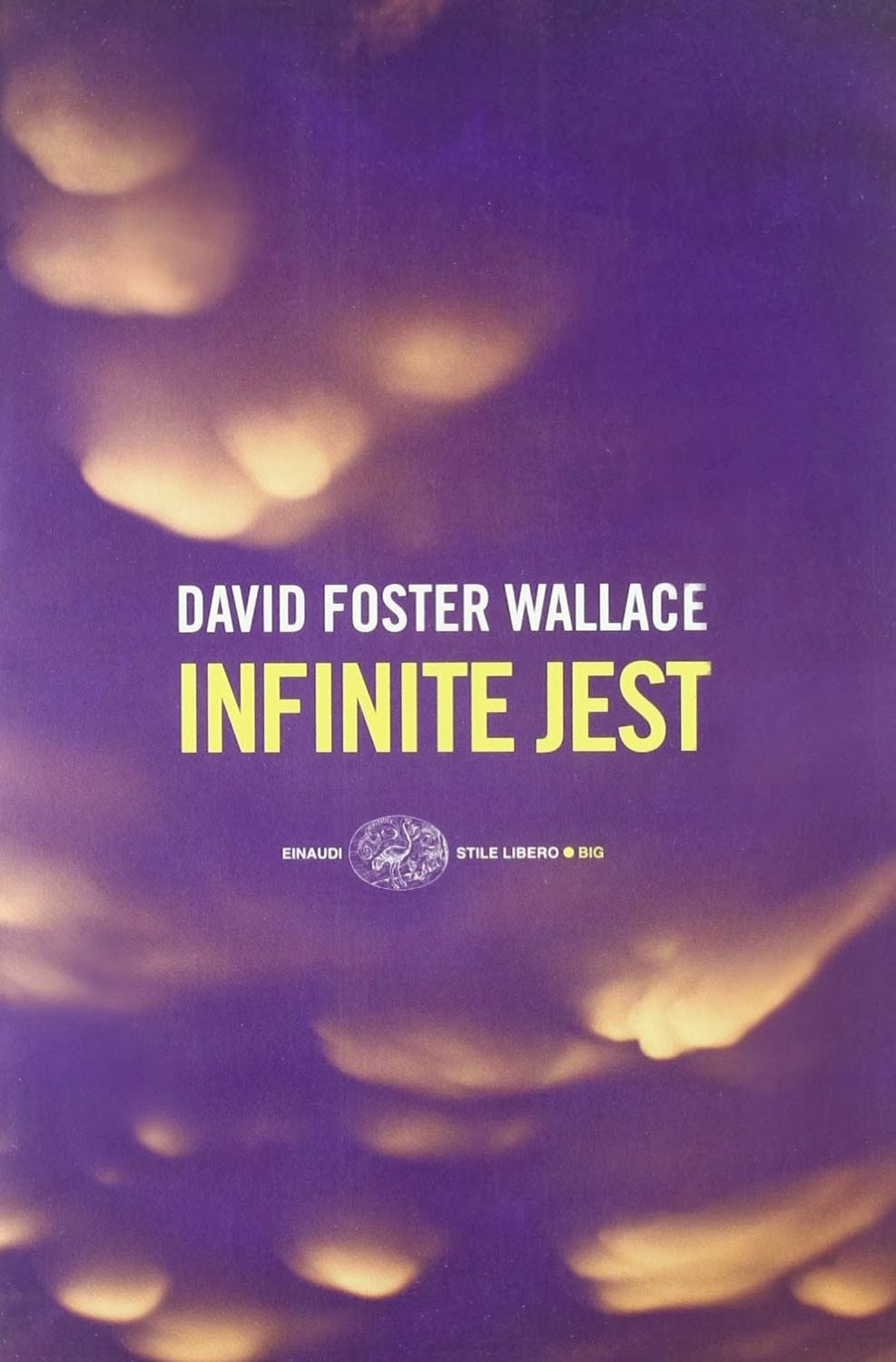

Let’s take a look at the best David Foster Wallace books. Sadly, David has committed suicide on September 12, 2008.


He was granted the Gail Kennedy Memorial Prize for this thesis. David took an interest in modal logic and mathematics, for which he presented a senior thesis in the two subjects. In 1985, David graduated summa cum laude. He went to Amherst College, which his dad had attended previously, where he had a major in English and philosophy. (Feb.A Supposedly Fun Thing I'll Never Do Again Yet the nebulous, resolutionless ending serves to underscore Wallace's underlying failure to find a suitable novelistic shape for his ingenious and often outrageously funny material. With its hilarious riffs on themes like addiction, 12-step programs, technology and waste management (in all its scatological implications), this tome is highly engrossing-in small doses. As Himself's estranged sons-professional football punter Orin, introverted tennis star Hal and deformed naif Mario-come to terms with his suicide and legacy, they and the residents of Ennet House become enmeshed in the machinations of the wheelchair-bound leader of a Quebecois separatist faction, who hopes to disseminate cartridges of Infinite Jest and thus shred the social fabric of O.N.A.N. James Incandenza (aka Himself), who took his life shortly after producing a mysterious film called Infinite Jest, which is supposedly so addictively entertaining as to bring about a total neural meltdown in its viewer. The novel hinges on the dysfunctional family of E.T.A.'s founder, optical-scientist-turned-cult-filmmaker Dr. and Canada have been subsumed by the Organization of North American Nations, unleashing a torrent of anti-O.N.A.N.ist terrorism by Quebecois separatists drug problems are widespread the Northeastern continent is a giant toxic waste dump and CD-like ``entertainment cartridges'' are the prevalent leisure activity. It is the ``Year of the Depend Adult Undergarment'' (each calendar year is now subsidized by retail advertising) the U.S. Set in an absurd yet uncanny near-future, with a cast of hundreds and close to 400 footnotes, Wallace's story weaves between two surprisingly similar locales: Ennet House, a halfway-house in the Boston Suburbs, and the adjacent Enfield Tennis Academy. But few others will have the stamina for it. With its baroque subplots, zany political satire, morbid, cerebral humor and astonishing range of cultural references, Wallace's brilliant but somewhat bloated dirigible of a second novel (after The Broom in the System) will appeal to steadfast readers of Pynchon and Gaddis.


 0 kommentar(er)
0 kommentar(er)
